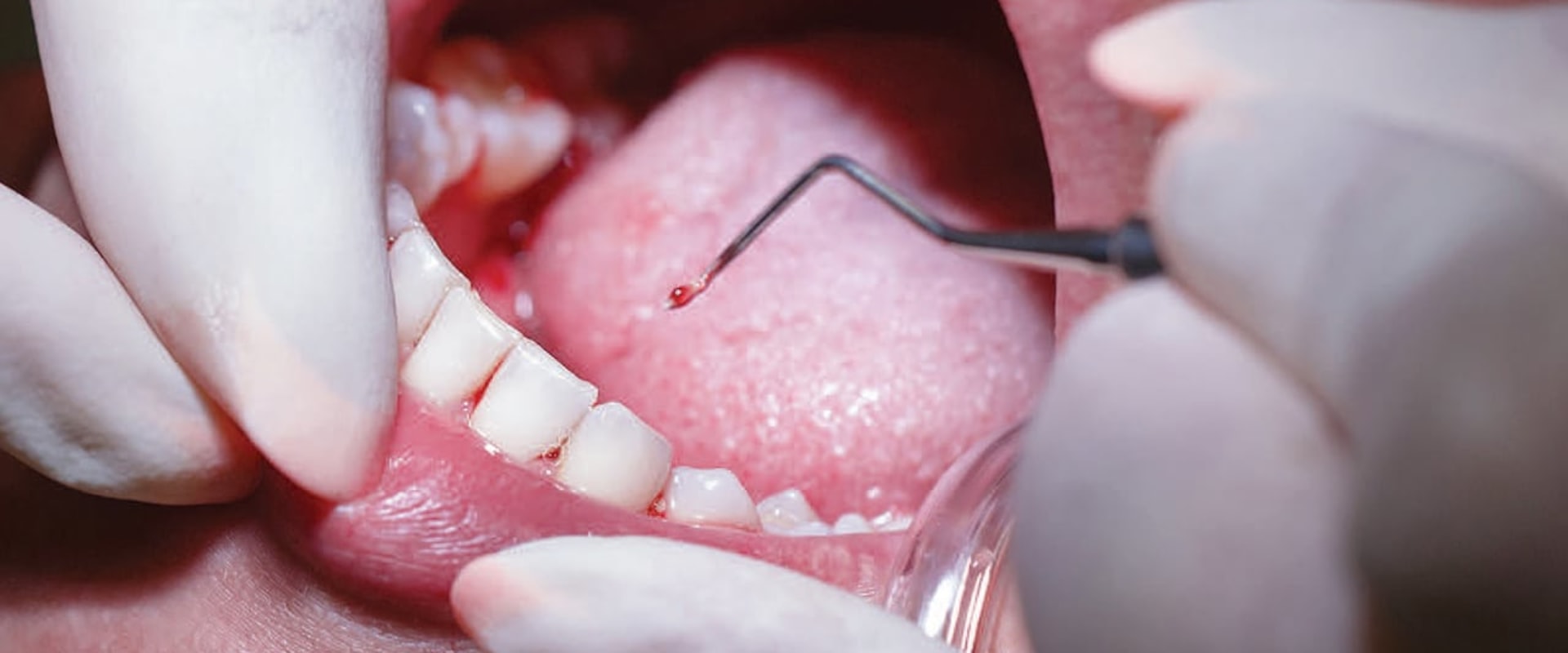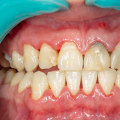Gums are an essential part of keeping your teeth healthy and beautiful, yet they often receive less care than their counterparts. In fact, gum disease is one of the leading causes of tooth loss among adults. That's why it's important to visit your dentist regularly to check your gums and learn the right way to care for them. Fortunately, there are a variety of periodontal treatments and procedures available to help keep your gums healthy.
Non-surgical periodontal treatment is one of the most common procedures. This involves scraping and root smoothing, which is a non-invasive method to reduce gum infection. During this process, the dentist lifts the gums and inserts their hands inside the gums to remove tartar and bacterial toxins. After that, antibiotics are applied to leave the gums smooth and disinfected.
In many cases, this is enough to reverse the symptoms of simple gum diseases such as gingivitis. However, if symptoms persist, maintenance therapy or other periodontal procedures may be necessary. Gum graft surgery is another common procedure that involves covering the exposed root of the tooth with soft tissue. This tissue usually comes from the patient's palate, resulting in even gum lines and healthier teeth.
Laser-assisted periodontal treatment is an innovation that has emerged from conventional scraping and root smoothing therapy. This technology uses a pointed laser hand tool to remove diseased tissues that cause gum infection. Its precision provides painless treatment and quick healing for the patient. Bone damage can also be a cause of serious gum infection, in which case a simple periodontal process can no longer reverse the problem.
However, with regeneration procedures, it may still be possible to save the affected bone and tooth. This treatment involves using tissue-stimulating proteins to naturally restore bone and tissue health. A gummy smile is a dental condition in which the gums overlap the teeth and make them appear smaller. To correct this, dentists perform a procedure called crown lengthening which involves removing excess parts of the gum tissues to expose more teeth.
This can be done for both cosmetic reasons as well as restoring decayed parts of the tooth that are blocked by the gums. Periodontists are specially trained dentists who have completed their dental studies and received up to three additional years of specialized training in surgical and non-surgical periodontal procedures to treat gum disease.








